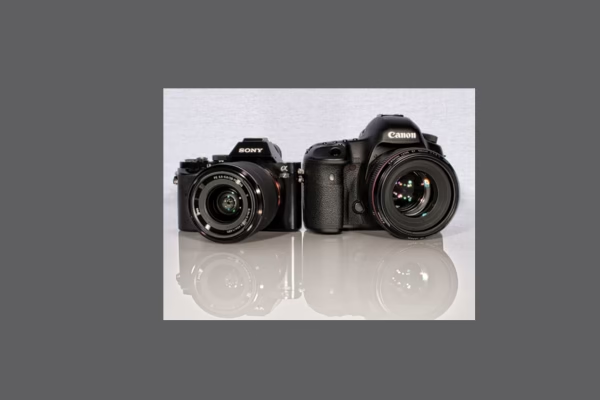
Introduction: The Fusion of Art and Algorithm
Artificial Intelligence is no longer just a tool of the tech industry — it’s reshaping how we create, see, and interpret art. In the world of photography, particularly across Europe and the USA, AI is emerging as both a creative partner and a cultural disruptor.
At Photo Brussels 2025, this transformation was front and center. Photographer Pascal Sgro’s “Cherry Airlines” transported viewers to an imagined 1950s, using AI to reflect on themes of technological progress and environmental cost. This wasn’t just nostalgic imagery — it was a commentary on the past, filtered through the lens of the future.
- The Rise of AI Tools in Photography
AI is being used in photography in several ways:
- Image Generation: Tools like DALL·E, Midjourney, and Adobe Firefly are enabling creators to generate photorealistic images from text prompts.
- Post-Production Enhancements: AI can now remove objects, adjust lighting, enhance resolution, and even match a specific photographer’s editing style — all within seconds.
- Smart Composition & Framing: Apps are assisting photographers during the shoot, offering real-time feedback on composition based on trained models.
In both the U.S. and European creative industries, these tools are already becoming standard in fashion, advertising, editorial, and even wedding photography.
- AI + Human Creativity: Collaboration, Not Competition
Contrary to fear-based narratives, many artists are seeing AI not as a threat, but as a collaborator:
- Fashion photographers in New York and London are combining AI-generated backdrops with real-life models.
- Street photographers in Berlin and Chicago are using AI filters to reinterpret their urban environments.
- Fine art photographers are experimenting with style transfers and surreal compositions that once took hours — now done in minutes.
The best work often arises from this hybrid approach: letting AI handle repetition and mechanics, while human vision drives the emotion and intent.
- Ethical Considerations: Where Do We Draw the Line?
But with great power comes great responsibility. Several critical issues are now front and center:
- Authenticity: When is a photo no longer a “photograph”? Should AI-generated images be disclosed in journalism or documentary work?
- Ownership: If an image is generated by AI based on prompts, who owns it — the artist, the toolmaker, or the AI?
- Representation Bias: AI models are trained on biased data. Misrepresentation of cultures, genders, or identities is a real concern.
Regulatory bodies in the EU and USA are already exploring AI labeling requirements and transparency laws to protect audiences.
- Cultural Response: A Tale of Two Continents
The photography scenes in Europe and the U.S. are engaging with AI in distinct ways:
- Europe: There’s a heavier emphasis on ethics, experimentation, and public-funded art exhibitions like PhotoEspana and PhotoBrussels. AI is being treated as a cultural probe, not just a utility.
- USA: Driven by commercial viability, AI tools are being rapidly adopted in fashion, e-commerce, and content creation. Platforms like Instagram and TikTok fuel this acceleration.
Both scenes, however, are actively debating the artistic merit and authenticity of AI-generated imagery.
- What’s Next?
As AI evolves, expect to see:
- Fully immersive photography using AI + AR/VR.
- Interactive storytelling, where the viewer can guide how an AI-generated narrative unfolds visually.
- AI photography competitions — some already underway — pushing new boundaries of what constitutes “art.”
Conclusion: Photography Reimagined
AI is not replacing photographers — it’s reimagining what it means to be one. By merging human creativity with machine precision, artists across Europe and the U.S. are crafting new visual languages that challenge, inspire, and sometimes unsettle us.
Whether you’re a professional or a hobbyist, now is the time to embrace, critique, and experiment. Because the camera may still be in your hands — but the canvas has never been bigger.


